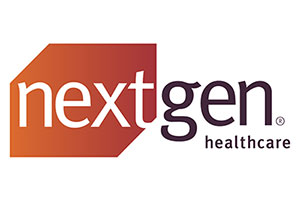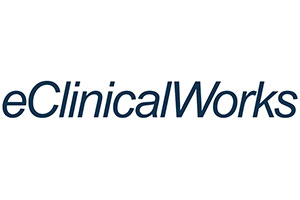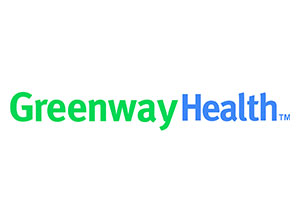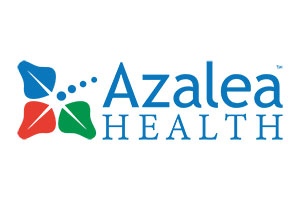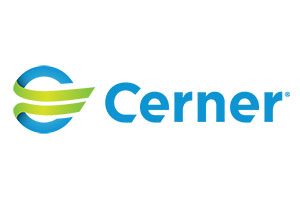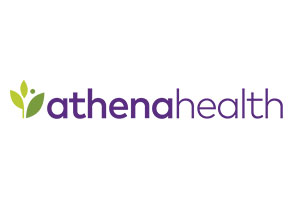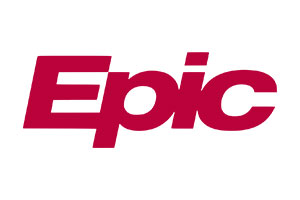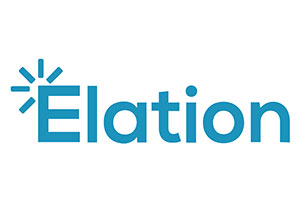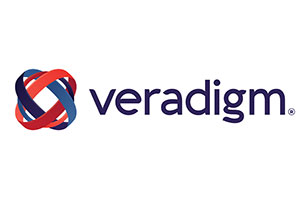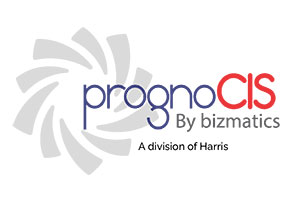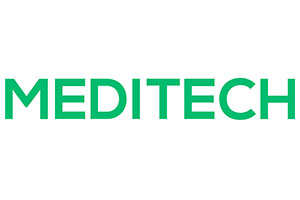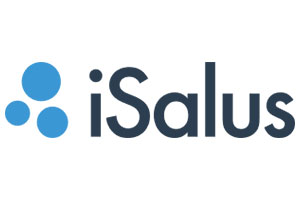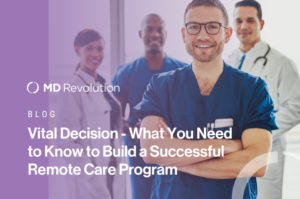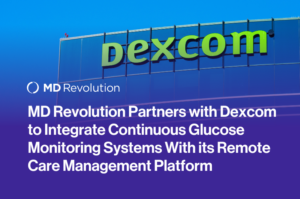Providers know that remote care programs show positive outcomes, produce substantial ROI for practices and improve overall health of patients.
The problem? Some are still skeptical regarding the success of remote care, while according to Panda Health’s 2024 Digital Health Technology Report, many hospital and health system leaders have rising concerns related to vendors’ staying power. And it’s true – with so many RPM and CCM companies to choose from, it can be hard to find the right remote care partner for today and tomorrow. In addition, there are constant Medicare reimbursement and services changes which make implementing a new program even more challenging.
But with over 500 implementations and 210K patients served, we have learned a few winning strategies for making remote care successful.
What else have we learned from the journey? What not to do at the practice level when beginning a remote care program. What are realistic revenue expectations? What to look for regarding “integration” and how that varies dramatically amongst vendors and EHR’s alike.
In turn, we have developed some key questions and candid context to help you make the right call for your remote care objectives.
Do you offer program design for my organization type? Are programs customizable for specific focus areas?
Yes! The versatility of our program design allows us to extend, rather than replace, existing care models. We work closely with each client partner to create programs that are tailored to the target population and support practice goals. Our clinical care team can also create patient engagement programs that are aligned with any initiative or focus. Our primary goal is to ensure that we maintain strategic alignment with your practice while operating seamlessly within the provider workflow.
We customize remote care management programs that bring your patients’ care plans to life, regardless of medical specialty. These programs can be used as standalone services for patients with certain chronic conditions or combined with other services for more customized care.
Here are a few of the care management programs we design and build:
- Remote Patient Monitoring (RPM)
- Chronic Care Management (CCM)
- Transitional Care Management (TCM)
- Remote Therapeutic Monitoring (RTM)
- Principal Care Management (PCM)
- Behavioral Health Integration (BHI)
- Annual Wellness Visits (AWV)
- Value-Based Care (VBC) initiatives
Do you offer comprehensive integration with my EHR, or will I need to log in to a third-party platform?
We understand that not all integrations are created equal, and that logging into another platform can be cumbersome and impede real-time decision-making. That’s why our integrations prioritize universal interoperability, even allowing systems to migrate effortlessly between EHR platforms without sacrificing the delivery of remote patient care.
In fact, with our remote care services, client partners do not need to interact with our platform. It’s comprehensively integrated within the EHR, and provider workflows are executed within that environment. Ordering, enrollment, tasking, real-time vitals, documentation, and automated claims creation are all functions that can be fully managed without ever leaving the EHR.
We have built an extensive ecosystem that seamlessly interconnects with multiple EHRs, data systems and devices. We offer two-way integrations with the leading practice-based EHRs below and are always adding more.
What challenges should be addressed before implementation? What’s the implementation timeline?
We know from experience, the primary challenge that can slow down implementation is the length of time to complete an EHR integration, within the system itself. Outside of that contingency, if resources are allocated from the start of the project, we can implement programs in less than 4 weeks.
We do not need dedicated FTEs at each site but do have defined roles and responsibilities for each implementation and launch. These must be established prior to or from the onset of implementation.
Programs must be thoughtfully designed from the onset to ensure operational effectiveness, maximum scalability, and alignment with outcomes goals. We provide an extra layer of guidance for RHCs and FQHCs to select the right device types and service model for their unique populations and financial challenges.
Who will enroll and market the remote care program to my patients?
We do! We know from experience that implementing a successful remote care program is contingent on educating and enrolling patients, efficiently and effectively. Our team leverages built-in EHR workflows to enroll qualified Medicare patients for the practice, prompted by enrollment flags and trigger ordering by service. Practices can see enrollment status in real-time in the existing clinical workflow, and patients receive integrated vitals monitoring equipment in their homes within 5 days.
When clinics entrust with us to take control of the enrollment process, our enrollment rates are typically 30% of all eligible patients. Any additional enrollments that take place onsite in the clinic can significantly boost these rates.
How is device inventory and logistics managed for RPM programs?
We manage all device storage, fulfillment, shipping, and returns, beginning with seamless trigger ordering by service, directly within your EHR. Clinic staff will never need to store, distribute, clean, or recalibrate equipment. Before the patient receives their prescribed device(s), our engagement efforts ensue to guide your patients every step of the way, from SMS messaging to two-way interactions on the RevUp application, to telephonic coaching from our dedicated health coaches.
What kind of devices are available, and will my patients have to set up devices themselves?
We believe in offering the easiest experience to providers and your patients. We understand that internet and Wi-Fi connection can be tricky and unreliable at times, especially in remote areas with poor network coverage. We have found that the most reliable devices are those with built-in cellular chips that avoid the complexity of Bluetooth and instead send data wirelessly to our platform without any patient interaction.
We offer options to purchase or lease devices that provide configuration-free connection and on-demand support. Many of our devices offer 24/7 emergency response at no extra cost. We offer a wide range of ancillary cellular devices, such as connected blood pressure monitors, weight scales, blood glucose meters, spirometers, and pulse oximeters, requiring no Wi-Fi connection, Bluetooth pairing, or setup.
Have existing wearable devices? Our RevUp platform can connect with these, too. We’ll work with your practice to determine the best device connections for your unique program, designed for long-term compliance with remote care.
Who performs the work to monitor my patients’ data in real-time? Who delivers CCM services?
We do! Unlike some of our competitors, we offer nationwide, multilingual RNs and MA’s as an extension of your practice, providing clinical oversight of real-time vitals data and for many patients, 24/7 emergency response.
We also fulfill 20+ minutes of chronic care management services for each patient enrolled in CCM and RPM, every month. We interact with patients through multiple channels, including phone calls, SMS messages, and digital messaging via the chat feature in our patient dashboards. Our communications with patients are highly personalized and encourage building relationships with their care team.
Moreover, these care activities are time-stamped and recorded, so that all tasks completed align with Medicare billing requirements.
What if I have my own clinicians and I want them to run the program?
That’s great! In that case we may direct you to our software-only model. We offer subscription access to the same platform that our own clinicians use to deliver care. Our feature-rich care management platform provides secure, patient engagement tools, and effective integrations to connect patients and providers.
We are a health system, what levels of scale can you meet?
Our task-based system is specifically designed for expansion and scale. From the onset, we assume a consultative role and work closely with our partners to overcome barriers to scalability. We understand the user experience because we are users ourselves, so we offer our best practices in creating significant impact in enrollment, workflow efficiency, and care plan adherence. Utilizing our own platform, our team of health coaches provide first-line clinical monitoring and patient engagement, scalable to 400 patients per care team member.
In fact, our comprehensive offering is best realized by large health systems with complex operations and patient populations, combining RPM and CCM programs together to enjoy the benefits of unlimited scalability.
Can care plans and/or critical alerts be customized?
Absolutely! Our team of healthcare and technology experts has built clinical pathways to manage patient care with evidence-based goals, personalized patient content, and clinical protocols for nearly 370 conditions. Our clinical team collaborates with each client during implementation to adapt programs for the target population, adjusting as needed by segment or individually per patient. This includes alerts and automated triage configured for populations, clinical conditions and individual patients.
Our care teams also use evidence-based assessments to evaluate a patient’s physical, cognitive, functional, psychosocial, mental health, and social determinants of health (SDOH). Our assessments have built-in dynamic questions to aid in generating a patient’s individualized care plan.
Escalation protocols are in place for biometric data exceeding a critical threshold, and our nurses will alert your practice of patients needing attention.
How do you encourage program adoption and patient retention?
We have proven time and time again that programs that include both RPM and CCM are more successful, which includes faster adoption and greater patient retention. By providing a holistic, personalized experience, we’re teaching patients that recording their vitals can help them receive care quickly when they need it most.
Patients are also more likely to remain engaged and committed to their care plans when they build relationships with their health coaches. Patients frequently interact with the same health coach via digital messaging and coaching calls. Health coaches that have access to the same condition monitoring data and patient logged vitals that providers see within the EHR. Armed with health history as well as patients’ real-time trending conditions, we see that patients are more responsive when their care is more responsive, and they stay enrolled in their programs longer.
For patients who show non-compliance, re-engagement efforts such as email, text, and call campaigns have proven to be highly effective.
How do you measure program efficacy?
We have a culture that encourages collaboration and hands-on provider relationships. We extend expert analytics to our partners, helping them transform tens of millions of data points into breakthrough insights and actionable improvements in population health.
We offer advanced analytics across multiple points of care, allowing us to measure outcomes data for our client partners. A recent study revealed the efficacy of our remote care programs, showing a 50% reduction in readmissions when patients were enrolled in care management.
Do you automatically generate claims in my EHR each month?
One of the most robust features of our platform is accurate, automatic claims creation directly within your EHR, eliminating the manual process for each patient, each code, each month. We handle the often-complicated nuances of monthly and time-stamped data transmission code adherence, so you can focus on patient care.
What ROI can my practice expect?
While ROI can be interpreted in a number of ways, an independent study showed that 73% of hospital and health system leaders are yielding positive returns from RPM, while 94% report that RPM is improving patient outcomes. Survey respondents also say that RPM is critical to decreasing ER visits and readmissions, while simultaneously opening new reimbursement opportunities. You can expect ROI from each of these success measurements and more.
However, we find that many vendors offer revenue calculators with unrealistic assumptions of profits. We pride ourselves in setting straightforward, attainable goals for each of our partnerships, customized for your practice’s Medicare population. Despite our conservative approach compared to our competition, our revenue models see profitability in year one, with efficiencies of scale realizing maximum reimbursement by year two.
Practices can expect new revenue streams without adding a single FTE, with no upfront costs or long-term investment. Contact us today for a picture of sustained program success and a tailored practice pro forma.
In sum, we find these are essential questions to ask your prospective partner, your organization’s leadership, and yourself as you prepare to meet evolving care demands. We hope this guide provides a framework for the type of partnership you’ll need, one that aligns with your unique operational dynamics, creates a patient experience that mirrors your own care quality, and above all, delivers on what’s promised.
If you’d like to learn more about our proven results, we’d be happy to share the secrets of our success. Let us know when you’re ready to take that first step.


